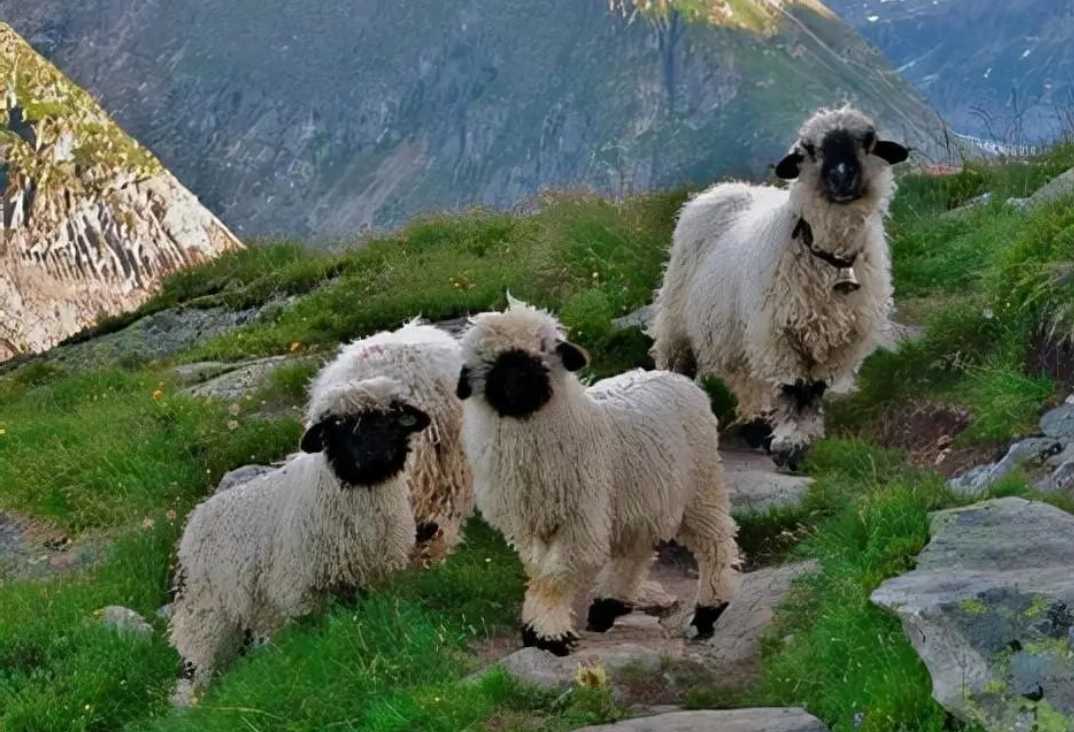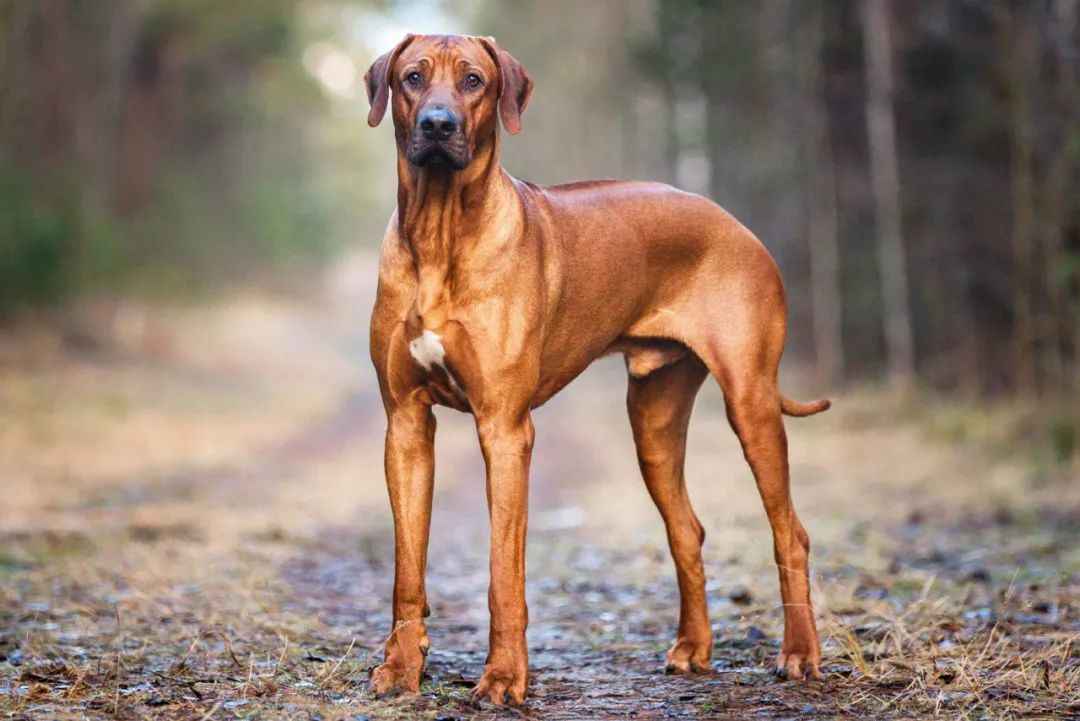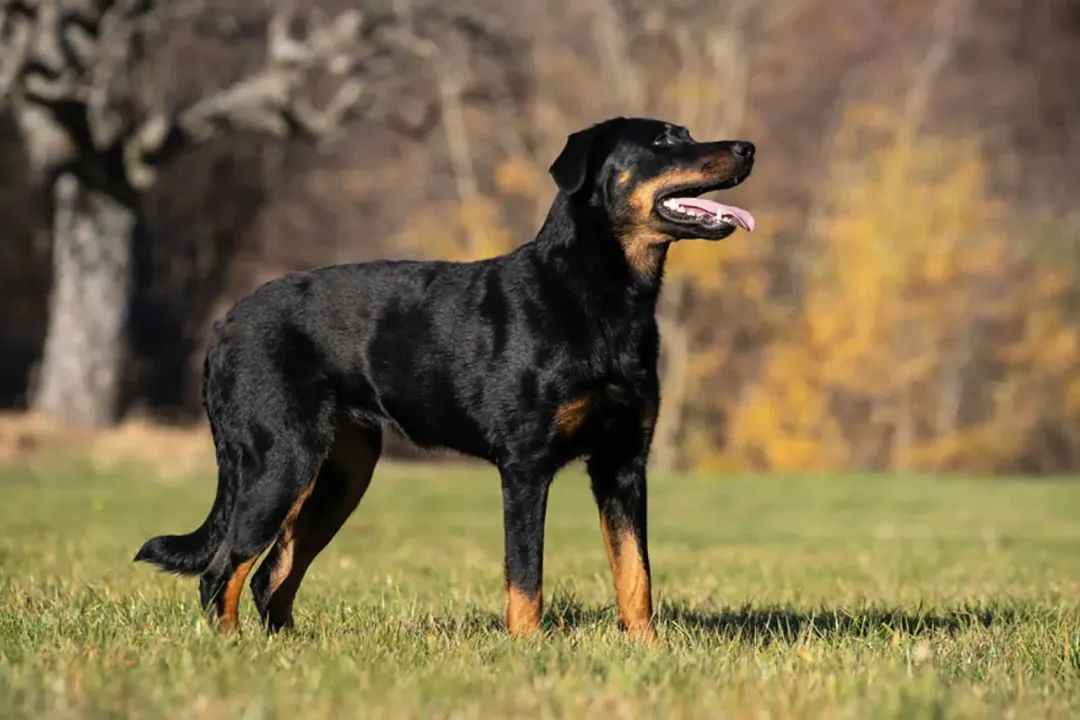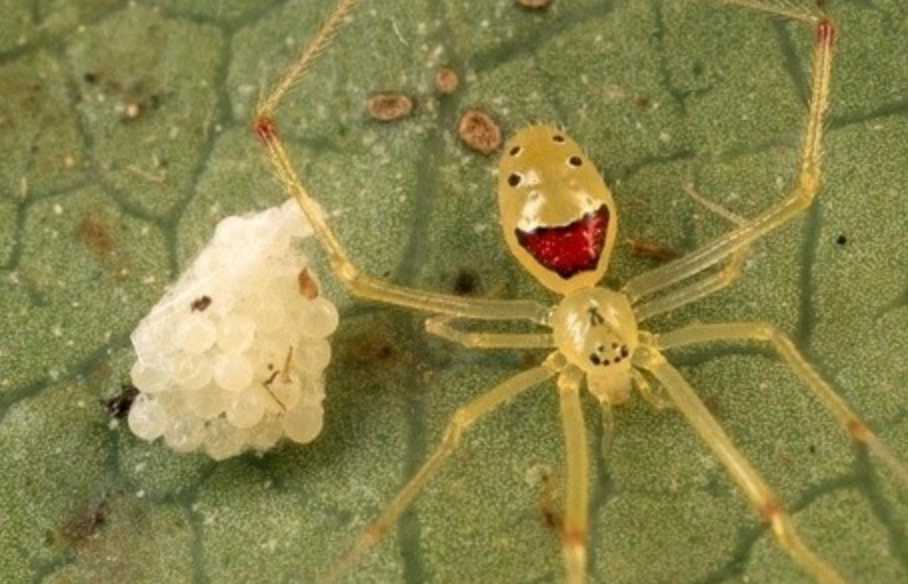The black-nosed sheep’s most arresting feature is its dual-toned coat, a genetic trait that evolved to suit its harsh mountain habitat. The dark facial markings and limbs may help absorb sunlight in cold climates, while the bright white fleece provides camouflage against snowy backdrops, protecting it from predators. Adult males (rams) can weigh up to 80 kilograms, sporting curved horns, while females (ewes) are smaller and often hornless. Their sturdy build and sure-footedness allow them to navigate steep, rocky terrain, grazing on alpine grasses and shrubs. The breed’s thick wool is prized for its warmth, historically used to make traditional clothing for shepherds.
Deeply rooted in Swiss and Austrian culture, black-nosed sheep have been bred for centuries by mountain farmers. They appear in local folklore and art, and their distinctive look has made them popular attractions for tourists visiting the Alps. Today, the breed is maintained through conservation efforts, as industrial farming has threatened traditional alpine herding practices. In addition to their practical value, black-nosed sheep have gained social media fame, with their "smiling" black faces and fluffy white bodies charming audiences worldwide. Their unique appearance serves as a reminder of the rich biodiversity of mountain ecosystems and the importance of preserving heritage breeds that have adapted to survive in some of the harshest environments on Earth.










